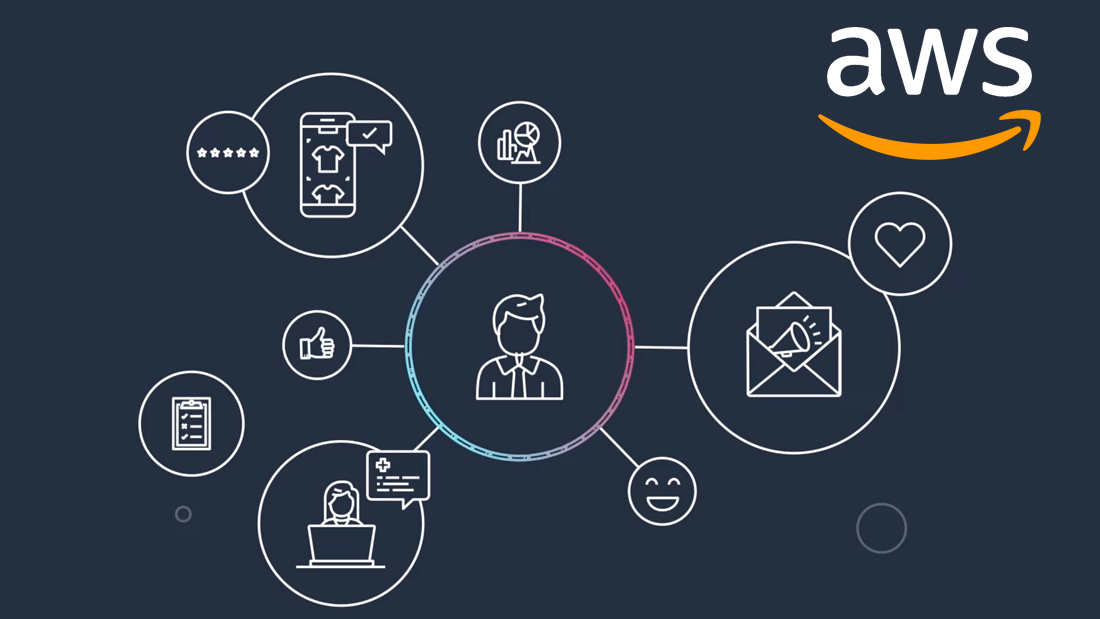Demystifying AWS Entity Resolution and Software: A Beginner's Guide
 Sumit Mondal
Sumit Mondal
Introduction:
In the vast world of cloud computing, Amazon Web Services (AWS) stands out as a pioneer, providing a plethora of tools and services to meet various business needs. One such powerful yet often overlooked feature is AWS Entity Resolution. In this blog post, we will unravel the mystery behind AWS Entity Resolution and explore how to use it along with software in the AWS ecosystem.
Understanding AWS Entity Resolution:
AWS Entity Resolution is a service designed to help you identify and link records that refer to the same entities but may have variations or inconsistencies in their data. Essentially, it aids in resolving duplicates and creating a consolidated view of entities across different datasets. This is particularly useful in scenarios where data comes from diverse sources, and ensuring accuracy and consistency is crucial.
Let's delve into a simple example to illustrate its utility. Imagine you have customer data stored in various databases, and due to manual entry or other reasons, there are discrepancies in the records. AWS Entity Resolution can automatically identify and merge these records, providing a unified and accurate representation of your customer information.
Getting Started with AWS Entity Resolution:
Access AWS Console: Log in to your AWS account and navigate to the AWS Management Console.
Open Amazon Connect: Find the Amazon Connect service, and open it. This is where AWS Entity Resolution can be accessed.
Create a Resolver: In the Amazon Connect dashboard, create a new resolver. This involves specifying the datasets you want to analyze and setting up the resolution strategy.
Define Matching Rules: AWS Entity Resolution allows you to define matching rules to instruct the service on how to identify similar records. For instance, you can set rules based on common attributes such as names, addresses, or unique identifiers.
Configure Matching Thresholds: Adjust the matching thresholds to control the sensitivity of the matching process. Fine-tune these thresholds based on your data and the desired level of precision.
Run the Resolver: Execute the resolver to start the entity resolution process. AWS Entity Resolution will analyze the specified datasets, apply the matching rules, and merge or link the records accordingly.
Integrating Software with AWS Entity Resolution:
Now that you've understood the basics of AWS Entity Resolution, let's explore how to integrate it with other software in the AWS ecosystem for a more comprehensive solution.
Amazon S3 for Data Storage: Store your datasets in Amazon S3 for seamless integration with AWS Entity Resolution. This ensures easy accessibility and scalability of your data.
AWS Lambda for Automation: Use AWS Lambda to automate the entity resolution process. Trigger the resolver based on events such as new data uploads to Amazon S3, ensuring real-time accuracy in your consolidated entity view.
Amazon DynamoDB for Data Persistence: After resolving entities, store the unified data in Amazon DynamoDB for efficient and scalable data persistence. DynamoDB is a NoSQL database that seamlessly integrates with other AWS services.
Conclusion:
In conclusion, AWS Entity Resolution is a powerful tool for enhancing data accuracy and consistency across diverse datasets. By following the simple steps outlined above, you can leverage this service to streamline your data management processes. Additionally, integrating AWS Entity Resolution with other AWS services, such as Amazon S3, AWS Lambda, and Amazon DynamoDB, allows you to create a robust and automated solution tailored to your specific business needs. Embrace the capabilities of AWS Entity Resolution and take a significant step towards achieving data accuracy and efficiency in your cloud environment.
Subscribe to my newsletter
Read articles from Sumit Mondal directly inside your inbox. Subscribe to the newsletter, and don't miss out.
Written by

Sumit Mondal
Sumit Mondal
Hello Hashnode Community! I'm Sumit Mondal, your friendly neighborhood DevOps Engineer on a mission to elevate the world of software development and operations! Join me on Hashnode, and let's code, deploy, and innovate our way to success! Together, we'll shape the future of DevOps one commit at a time. #DevOps #Automation #ContinuousDelivery #HashnodeHero